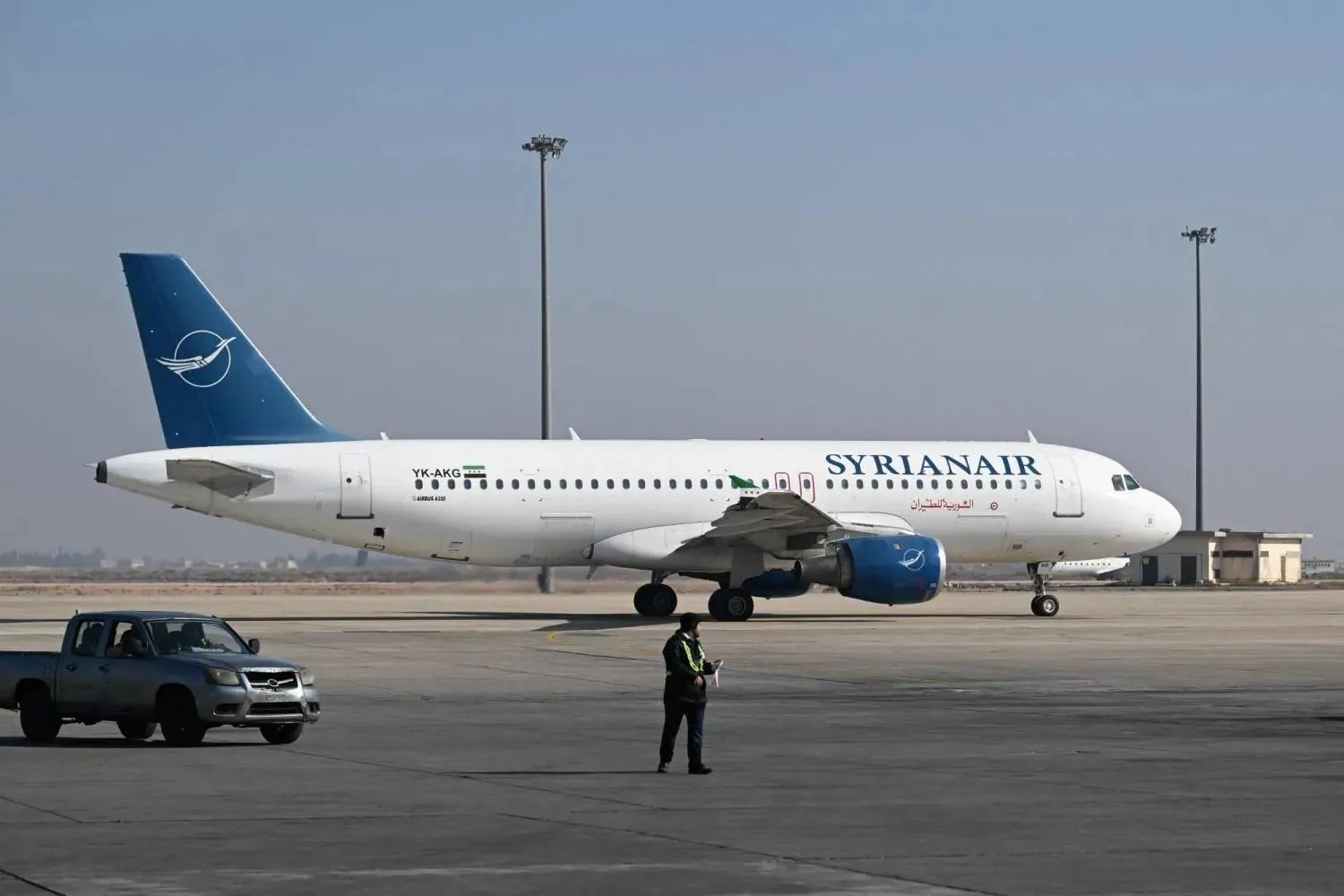The withdrawal from upcoming elections by influential Shiite cleric Moqtada al-Sadr, the leader of the largest parliamentary bloc, continues to weigh heavily throughout Iraq, especially among other Shiite forces.
The capital Baghdad is divided between the Sunni Karkh district and the Shiite al-Rusafa. This divide was the most intense during the past eight years, first with the civil war when Shiites were killed in Sunni neighborhoods and Sunnis in Shiite neighborhoods.
The divisions were further widened during four rounds of elections that were held since 2005. These elections have produced a form of governance that has since proven to be a failure as Iraq plunges deeper in mismanagement at the hands of corrupt officials.
Moreover, the post-Saddam period that began in 2003 resulted in a sectarian political understanding that stipulates that the top positions of president, prime minister and parliament speaker should be divided according to sectarian lines.
As it stands, the prime minister is always a Shiite, the president a Kurd and parliament speaker a Sunni. However, parliament Speaker Mohammed al-Halbousi stirred debate recently by declaring: “Iraq is Arab and so the position of president should go to the Sunni Arabs.” He made it a point to say Arab because the Kurds too adhere to Sunni Islam.
His statement did not sit well with the Kurds, who boast their own influential blocs and are also divided among themselves over which Kurdish party should hold the position of president.
According to an understanding between the Kurdistan Democratic Party (KDP), headed by Masoud Barzani, and the Patriotic Union of Kurdistan (PUK), the president of the Kurdish Region should hail from Barzani’s party, while the Iraqi president must be a member of the PUK.
Since 2003, Kurdish figures – Jalal Talbani, Fuad Masoum and Barham Salih – have served as president.
Disputes have even emerged from the PUK itself over the nomination of the next president.
On the Shiite scene, political forces have grown paranoid of a conspiracy being plotted to thwart the appointment of a Shiite to the position of premier. The constitution does not explicitly state that the prime minister should be a Shiite, Sunni or Kurd.
The signs of a Kurdish-Sadrist alliance may create further political confusion in the country. The alliance, should it come to light, would be the first since 2003.
Shortly before Sadr withdrew from the elections, he had paid a visit to Erbil to meet with KDP officials and Barzani. Observers at the time speculated that they would soon announce an alliance between the largest Shiite and Kurdish forces that would create a major shift in the political scene.
Sadr’s surprise withdrawal, however, has upended the scene and forced the KDP to rethink its future alliances.
Had the two sides forged an alliance, the division of the “sovereign positions” of president, prime minister and speaker, would have changed. The position of premier would be held by Sadr, Barzani would control the presidency instead of the PUK, and Sunni Arabs would retain the position of speaker.
The Sunni and Kurdish parties now have to wait with bated breath for Sadr to take a final decision on whether he will run in the elections or not, with all forces setting their sights on the position of prime minister.







